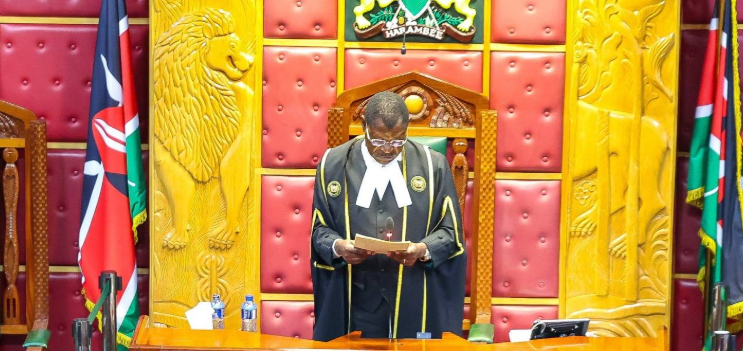Why Kenya’s creative sector is suffering, unable to boom
By Steve Umidha, July 31, 2021Steve Umidha @UmidhaSteve
Kenya’s multi-billion shilling creative industry may fail to meet its growth potential owing to the challenges posed by the regulator’s inability to arrest runaway exploitation of players.
While there have been attempts to address the concerns, Kenya Copyright Board (KECOBO), a State agency tasked to enforce and administer copyright and related rights issues in the sector yesterday admitted to existing failures on its part.
“The management of copyright in Kenya is a mess. Effecting reforms in Kenya is fraught with various difficulties,” the board’s executive director Edward Sigei said in a statement yesterday.
Sigei faulted Collective Management Organisations (CMOs) for reckless expenditure and failure to account for monies collected on behalf of artists, a responsibility that should ironically be undertaken under the board’s supervision.
KECOBO is mandated by law to license and oversee all activities of such entities – organisations he believes have been riddled with complaints of harassment of music users “and having multiple collecting entities causing a rise in cost of administering the payment and distribution of royalties.”
United Nations Conference on Trade and Development (UNCTAD) country profile estimates that the creative economy exported goods worth $40.9 million (Sh4.4 billion) and imports of $195 million (Sh21 billion) in 2013, the last year for which data was available.
KECOBO’s other responsibility is the registration of copyrights, licensing of collective management organisation and education on matters of copyright and related rights.
The government believes the industry is now worth more and has the potential to become a key catalyst to the country’s economic growth which has the prospect of doubling its contribution to the gross domestic product (GDP) to 10 per cent by 2020 on a sustained manner.
Continental level
At the continental level, Africa’s share of the global creative economy is thought to be less than 1 per cent and that the export of creative goods in Africa increased by only 0.6 per cent between 2002 and 2010, according the United Nation (UN) estimates.
UNCTAD reported a 13.9 per cent growth rate of cultural industries in Africa in 2008 with Kenya among markets with growth prospects.
Creative economy is described in terms of cultural assets in which creativity is applied to generate economic growth and development.
It involves economic, cultural and social assets as they interact with technology and intellectual property to produce a vibrant economy. Concerns about lack of up-to-date statistics about the sector’s growth in terms of value has also made it difficult for industries such as media, policy makers and relevant stakeholders to gauge the sector’s real potential growth.
“The creative industry in Kenya lacks cohesiveness, leadership and engagement platforms to champion policy advocacy,” says a report by Business Environment Forum facility conducted in 2016, christened, Creative Economy Business Environment Reform in Kenya.
More Articles

